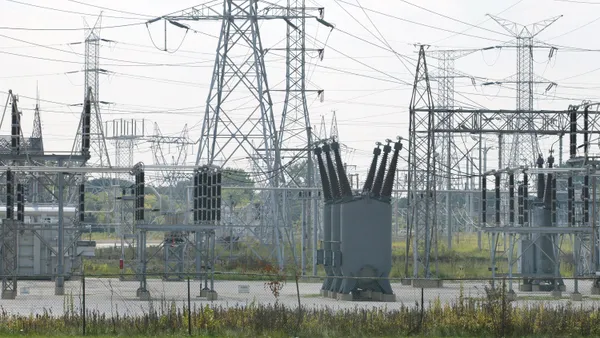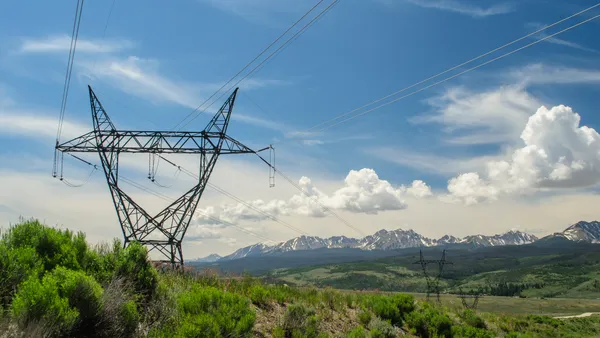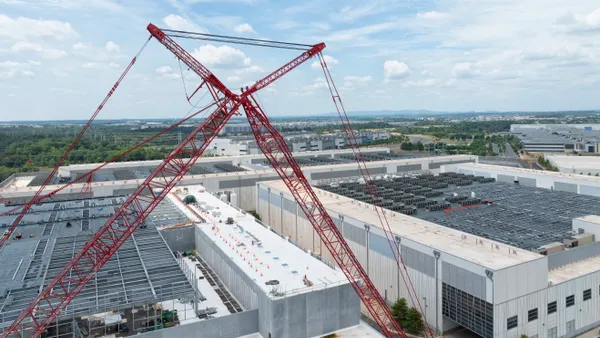Josh Ryor is the managing director of technical staff at the Connecticut Public Utilities Regulatory Authority. Matt McDonnell is managing director of the consulting practice at Strategen and Eli Asher is manager of regulatory Innovation at Strategen.
It’s rare that the word “innovation” appears in the same sentence as “utility” or “regulation.” Connecticut’s Public Utilities Regulatory Authority, or PURA, is changing that through one of the country’s most exciting innovation programs, having launched the Innovative Energy Solutions, or IES, Program in early 2023 to quickly identify, pilot and scale new ideas that enable a cleaner, more affordable and more equitable electric grid for Connecticut.
While the pace of electric system transformation and technological innovation has increased rapidly over the last 15 years, regulatory structures have struggled to keep pace. One emergent approach to combat this mismatch is to create space for innovation within existing regulatory frameworks, which can be done via a so-called regulatory sandbox. In 2019, PURA launched a proceeding to equitably modernize the grid, and as part of that effort, established a best-in-class regulatory sandbox to re-imagine pilot projects.
A regulatory sandbox increases the speed at which regulators can facilitate innovation by providing a framework that allows for live testing of pilots in a bounded, consumer-friendly manner. This structure creates a more collaborative approach to achieving energy-related public policy goals by bringing stakeholders together to surface new ideas and solutions, rather than turning to utilities as the sole drivers of electricity system innovation. A well-designed regulatory sandbox can accelerate the achievement of broader public policy goals and catalyze a vibrant ecosystem for new energy products and services — stimulating investment and new green jobs.
The IES Program will consider innovative pilot programs, technologies, products and services that could be deployed on a limited basis, evaluated and potentially scaled up if successful. Moreover, the IES Program was explicitly designed to encourage the timely testing of pilots, incorporating the Silicon Valley “fail fast” approach, to enable learnings from successful and failed pilots alike and to test only those pilots that demonstrate the potential for scalability.
This approach to a sandbox is attractive from a utility regulator’s perspective as it: (1) breaks the inequitable cycle of pilots benefiting only a small subset of customers and not resulting in learnings that are more broadly applicable; (2) mitigates the ratepayer risk associated with the costs of pilots and innovation through a fail fast approach; and, (3) offers the potential to meet currently unsolved climate or public policy objectives and/or deliver meaningful ratepayer benefits to all customers.
Ultimately, the program structure serves as a key tool to foster collaboration and the purposeful iteration needed for the energy system to successfully transition to a cleaner, more affordable, more customer-centric future — bringing some necessary order to harness the power of this historic electric system transformation more effectively.
Pilot projects that demonstrate benefits, cost-effectiveness and scalability will have the opportunity to be deployed at scale in Connecticut across the territories of the state’s two investor-owned utilities, Eversource and United Illuminating. The program’s first cycle resulted in over 50 innovative applications that are currently under consideration by PURA and the program administrator, Strategen. Interested parties should visit the IES website and keep an eye out for the announcement of the Cycle 2 theme, coming in late 2023.
The IES Program presents a unique opportunity for third-party innovators to play an active role in enabling Connecticut’s decarbonized energy future, allowing cutting edge ideas to see their full potential, get the evaluation and implementation support they need, and provide customer benefits at scale. As technological and policy change transform and reshape the energy grid, the work of policymakers and grid operators will need to evolve alongside it. They would be well-served to keep a close eye on the ambitious and innovative modernization program underway in Connecticut.














